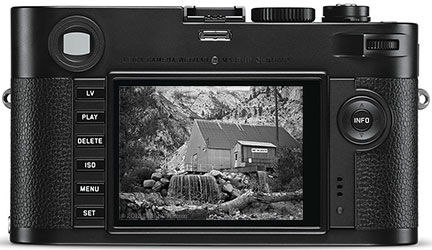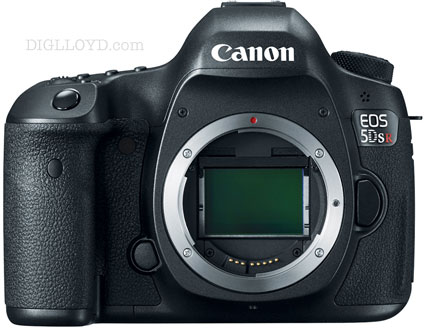EXCERPT page containing first few paragraphs. 2024-04-25 13:37:44
UA_SEARCH_BOT_compatible_botmozilla/5.0 applewebkit/537.36 (khtml, like gecko; compatible; claudebot/1.0; +claudebot@anthropic.com) @ 3.138.114.38
For full access, subscribe here. Or click title to login. ![]()

Compared: Leica M Monochrom Typ 246 vs Canon 5DS R (Old Map)
The Leica M Monochrom Typ 246 uses a monochrome sensor, delivering sharpness performance not involving the demosaicing process necessary for a Bayer-matrix color sensor.
The sharpness forte of monochrome is a major impediment to the best monochrome image, because tonal relationships between colors are baked in when the shot is made (whether or not a filter is used, there is only one mapping, period). A color camera offers an endless number of ways to control tonal relationships between colors in the resulting grayscale image, during and/or after raw conversion (or from JPEG).
At 24 megapixels, the MM246 can record a lot of detail, but can it stand up to the challenge of 50 megapixels from the Canon 5DS R?
Namely, if a color camera with more megapixels can match or beat a monochrome camera in resolving power and offer a far more powerful post-shot color-to-tone mapping flexibility, it’s game-over for the monochrome camera insofar as the final result is concerned (concerns like high ISO noise, form factor, size/weight, etc may come to bear but not as primaries for image quality and the visual impact of choosing color-to-tone mapping post-shot).
Article continues for subscribers...
Diglloyd Guide to Leica is by yearly subscription. Subscribe now for about 25 cents a day ($90/year).
BEST DEAL: get full access to ALL 8 PUBLICATIONS for about 75 cents a day!
Diglloyd Guide to LEICA contains in-depth coverage of Leica M system cameras and lenses, with additional coverage of Leica M Monochrom, Leica Q.
Special emphasis is placed on Leica M lenses and certain Zeiss ZM lenses.
- Make better images by learning how to get the best results right away.
- Save money by choosing the right lens for your needs the first time, particularly the Summilux/Summicron/Elmarit choice and/or Zeiss ZM.
- Make better images, a sort of “cheat sheet” saving yourself months or years of ad-hoc learning. Processing parameters are discussed and shown.
- Jaw-dropping image quality found nowhere else utilizing Retina-grade images up to full camera resolution, plus large crops [past 2 years or so].
- Real world examples with insights found nowhere else. Make sharper images just by understanding lens behavior you won’t read about elsewhere.
- Aperture series from wide open through stopped down, showing the full range of lens performance and bokeh.
- Optical quality analysis of field curvature, focus shift, sharpness, flare, distortion, and performance in the field.
Want a preview? Click on any page below to see an excerpt as well as extensive blog coverage, for example on Leica.



